High notes – The defining climbs of the 2024 Giro d'Italia
From Superga to Monte Grappa, the ascents that will punctuate the story of the race
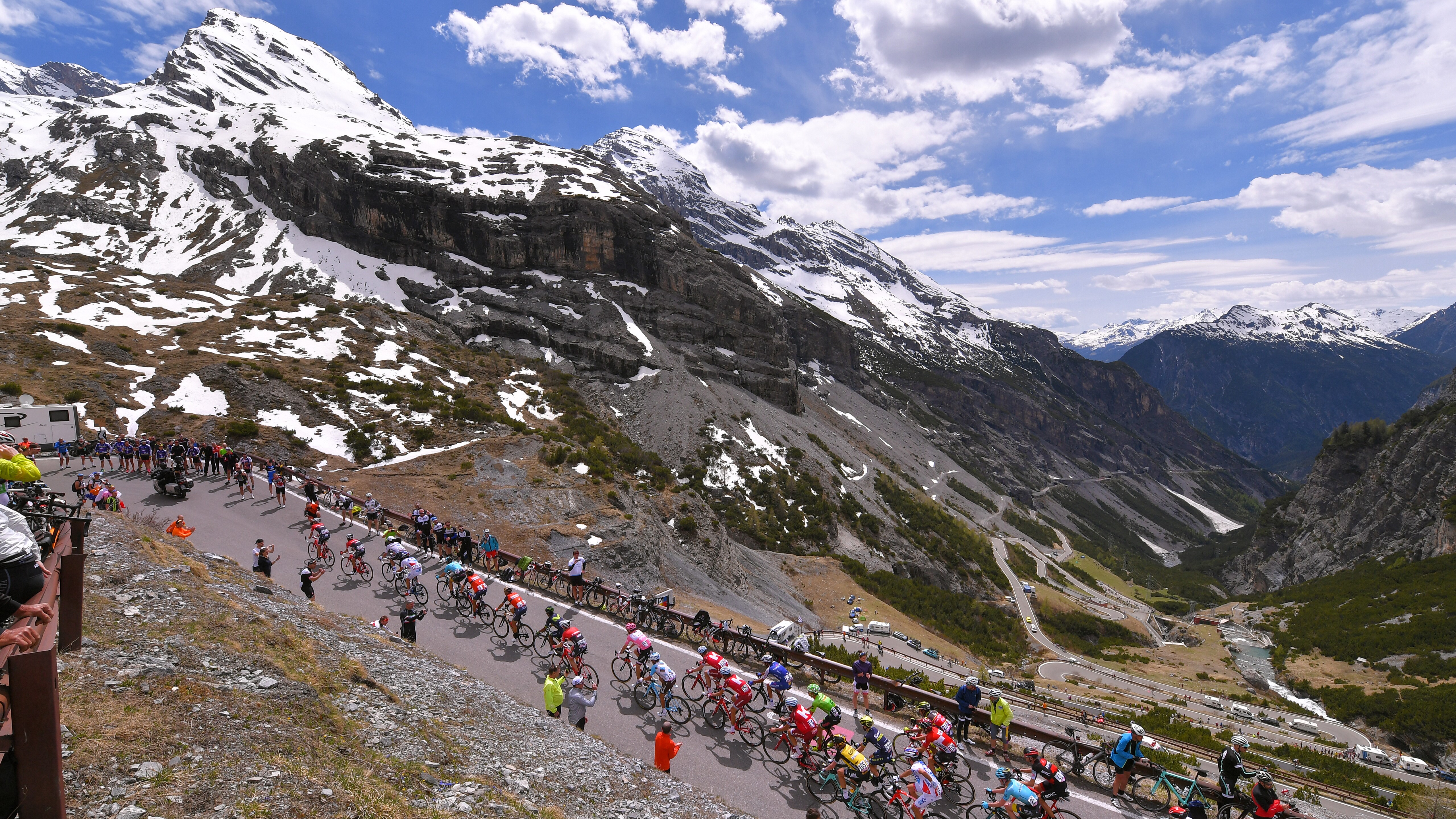

Every kilometre counts at the Giro d’Italia, but some weigh a little heavier than others. The race can be lost on any given day, of course, but much of the winning of it takes place when the road rises.
Not every climb is created equal, but every one of them has a story to add to the narrative of the Giro, from mighty mountain passes in the Alps to punchy ascents to hilltop villages in central Italy.
Ahead of the 2024 Giro, Cyclingnews takes a closer look at ten climbs from the route. These aren’t necessarily the toughest ascents or even the most decisive, but each of them has something to say about Italy and will have a say in the final result in Rome.
Superga (Stage 1, May 4: Venaria Reale - Turin)
The Colle Maddalena is tougher and the late kick up to Bivio di San Vito will be more decisive, but the haul up Superga is the most evocative climb on the opening stage of the Giro d’Italia. The hill keeps vigil over Turin and the basilica at the summit is, along with the Mole Antonelliana downtown, the most distinctive feature on the city skyline.
Designed by Filippo Juvarra, the basilica houses a Savoy family crypt, but most visitors come to lay tributes to royalty of another kind behind the church. Superga is also the site of a poignant memorial to the Grande Torino football team, who perished when their plane crashed into a supporting wall of the basilica on May 4, 1949.
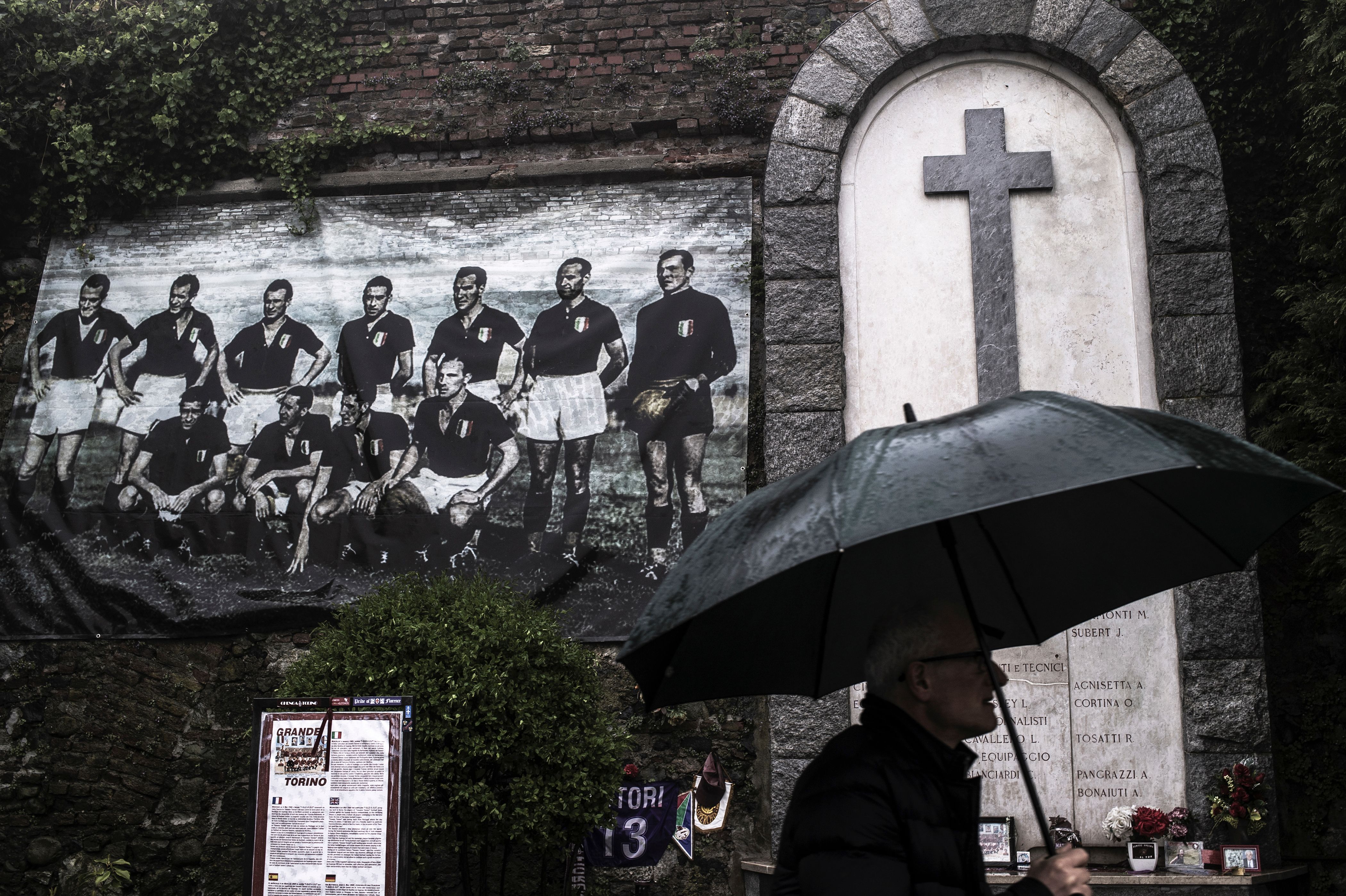
The first day of the Giro marks the 75th anniversary of the air disaster, which claimed the lives of all 31 people on board, the five-time Italian champions among them.
While Superga will always be synonymous with the saddest chapter in Italian football history, it has a long association with cycling. Federico Bahamontes won a summit finish at Superga in 1958, and the climb was long a staple of Milano-Torino.
Marco Pantani suffered a career-threatening crash on the descent in 1995, while in the 21st century, the climb doubled as the finish line of a rebooted Milano-Torino. That race has since undergone another, superfluous redesign, but Superga remains an ineffable landmark of Italian sport.
Oropa (Stage 2, May 5: San Francesco al Campo – Oropa)
Situated above Biella, the sanctuary of Oropa is one of nine sacri monti – sacred mountains – dotted around Piedmont and Lombardy. The idea dated from the Counter-Reformation, when devotional chapels began to be constructed on hilltops, with pilgrims climbing to the summit in imitation of Jesus’ ascent of Calvary.
The concept has, of course, made its way into the lexicon of cycling. Italian riders routinely describe a day of suffering as ‘un calvario,’ and the gruppo faces a particularly early ordeal – or pilgrimage, depending on their legs – at the 2024 Giro, with the first summit finish coming atop Oropa on stage 2. The expectation is that Tadej Pogačar will start to stamp his authority on the race right here.

The category 1 ascent is far from the toughest in the race, but it tends to have an impact whenever the Giro passes this way, starting with Vito Taccone’s victory in 1963. Thirty years later, Miguel Induráin, hitherto believed to be unassailable, risked losing the Giro on the final weekend in the face of a ferocious onslaught from Piotr Ugrumov.
In the 21st century, Marzio Bruseghin, Enrico Battaglin and Tom Dumoulin have all won in the shadow of the church at the summit, which houses the Black Madonna of Oropa, a wooden statue that, according to lore, miraculously increased in weight to prevent its removal from the mountaintop.
In Giro lore, of course, Oropa is venerated by believers in a different kind of miracle. In 1999, Marco Pantani was forced to a halt when he unshipped his chain 8.5km from the summit.
After he got going again, he caught and passed some 49 riders to win the stage. Laurent Jalabert, the last man standing, spoke with a mix of admiration and resignation at the finish line: “If I hadn't got out of the way, he'd have ridden right over me.”
Pantani’s dominance of that Giro only ended on the penultimate day, when he was expelled from the race after a fateful blood test at Madonna di Campiglio. That detail, however, has never stopped RCS Sport from celebrating Pantani the cyclist’s athletic feats with the annual 'Montagna Pantani,' while overlooking the part the sport played in the tragic demise of Pantani the man.
Prati di Tivo (Stage 8, May 11: Spoleto-Prati di Tivo)
The clue is in the name. In local dialect, prati retrivi roughly translates as “highland fields.” The highest point of the opening week of the Giro comes at the very end of stage 9, which brings the race to the 1450m-high summit finish at the Apennine ski resort of Prati di Tivo.
The mountain is part of the Gran Sasso d’Italia massif, an area regularly frequented by the Giro, but this is only the second time the race will climb Prati di Tivo itself. The previous visit came back in 1975, when Giovanni Battaglin took the honours. It has, however, featured more recently at Tirreno-Adriatico.
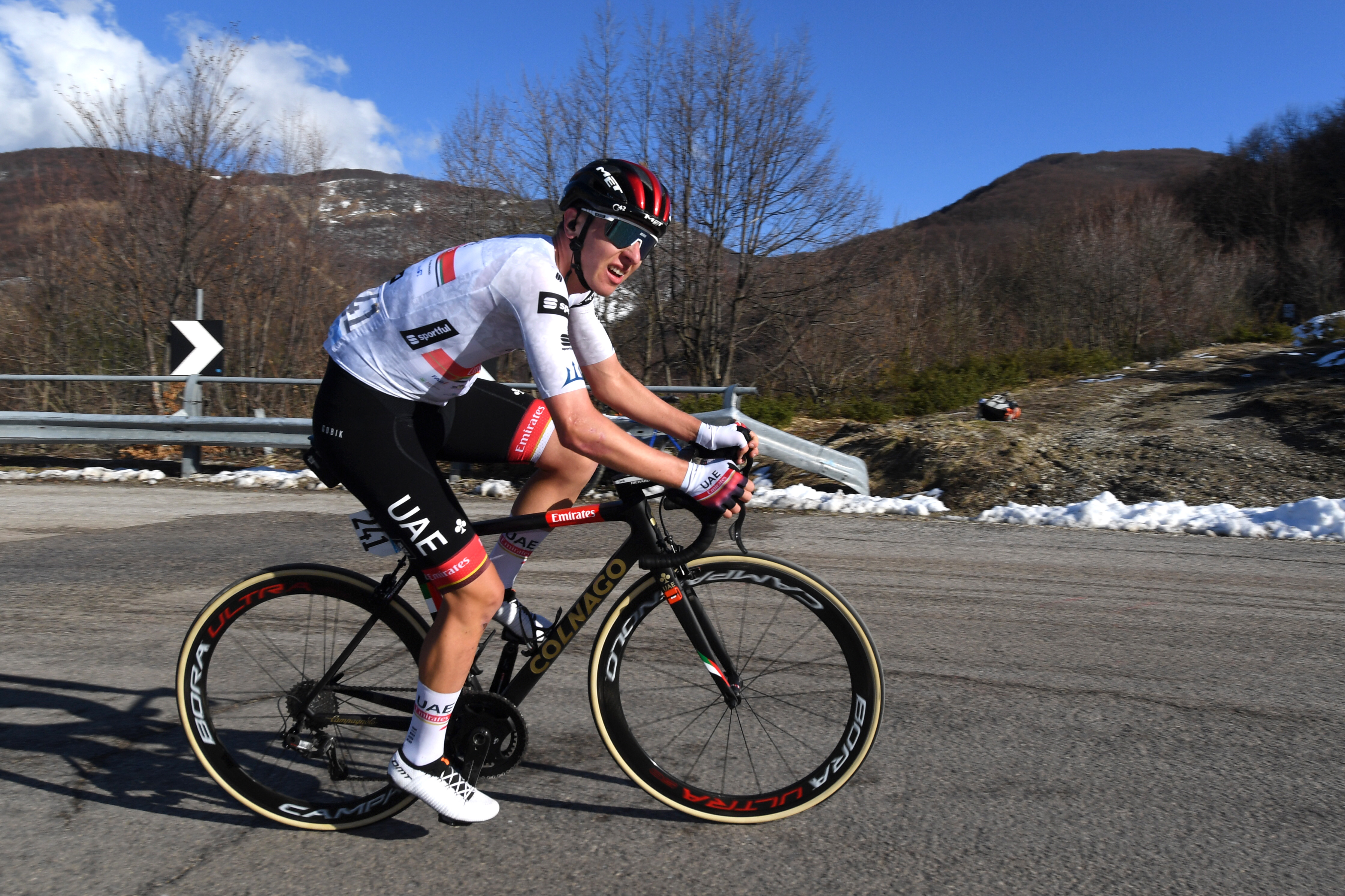
In 2012, Vincenzo Nibali claimed victory, while Chris Froome was first to the top twelve months later. The latest foray to the mountaintop in Abruzzo came in 2021, when Pogacar beat Simon Yates to the line.
The 14km climb to the finish brings the race through the village of Pietracamela, famed for its nature reserve, its wool production, and its impenetrable (and slowly vanishing) dialect, pretarolo.
By the time the Giro comes this way on May 11, it seems inevitable that the race, as per the old cliché so beloved of Italian newspapers, will already be speaking Slovenian.
Bocca della Selva (Stage 10, May 14: Pompei - Cusano Mutri)
After spending the rest day in the shadow of Mount Vesuvius, the race heads inland towards one of Campania’s less heralded but no less enchanting gems. The Matese massif has been intermittently visited by the Giro, with Campitello Matese providing a breathless finale on several occasions. This time out, the honour falls to Bocca della Selva.
The climb above the village of Cusano Mutri previously featured on the route in 2016 and 2021, but this marks its debut as a stage finish at the Giro. The ski station at Bocca della Selva was developed in earnest in the 1980s, but this corner of the Matese has been the site of settlements since the time of the Samnites, an Italic people eventually subjugated and assimilated by the Romans.
In the Middle Ages, the mountainscape was the site of a Benedectine monastery, and though the arrival of Normans triggered a degree of urbanisation in the valley, the upland area retains an aura of ruggedness and remoteness. As the name – ‘Mouth of the Forest’ – suggests, the climb is a largely wooded one, with chestnut trees at the base giving way to beech trees as the road rises.
The bulk of the mountain lies within the bounds of Cusano Mutri, regularly voted among Italy’s most beautiful villages. The Arrivo banner, however, will come in neighbouring Piedimonte Matese, prompting some playful local debate about whether the Giro roadbook should really describe Cusano Mutri as the site of the stage finish. RCS Sport, for their part, will just hope debate over the final outcome of this Giro won’t have already ended here, at the beginning of the second week.
Livigno (Stage 15, May 19: Manerba del Garda - Livigno)
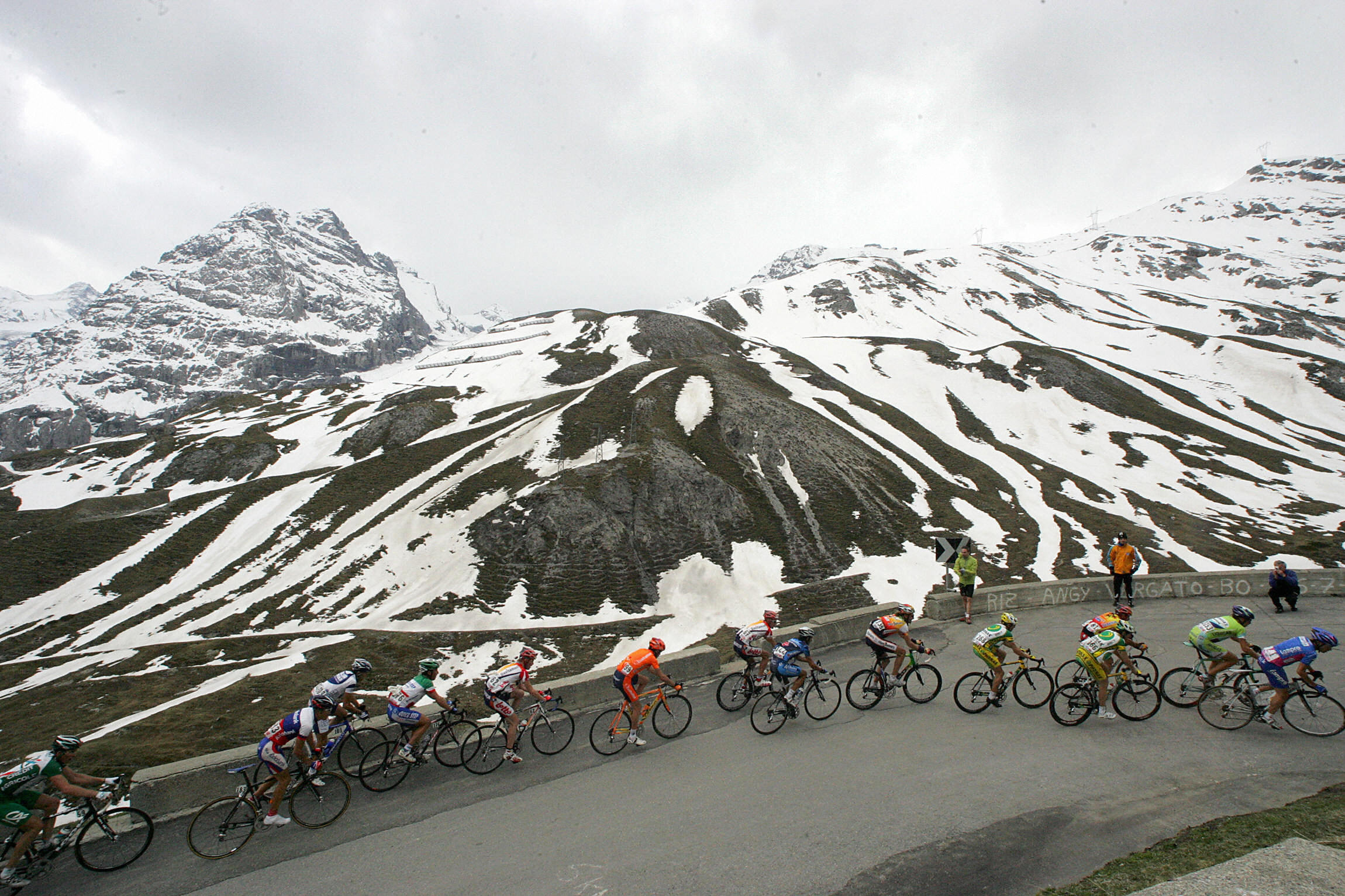
The Alps may form a natural border between Italy and its neighbours, but its precise demarcation has always been rather fluid. Livigno, like so many Alpine outposts, has historically been a liminal sort of place, passing between Austrian and Italian rule across the years.
In days of old, the location meant the area was swarming with smugglers. In modern times, Livigno’s status has made it a VAT-free area: a tax exemption first installed by the Austrian Empire in the 19th century was retained when it became part of the newly united Italy.
These days, Livigno is a genteel sort of a place, drawing tourists for both its ski slopes and its duty-free shopping. In summer, meanwhile, it attracts plenty of cyclists for high-altitude training. Tadej Pogačar, Remco Evenepoel and Wout van Aert are among the contemporary riders to have used Livigno as a training base, and it was also a preferred camp for Ivan Basso and Vincenzo Nibali in years gone by.
Despite that link with the professional peloton, however, Livigno has not featured often on the Giro route. Eddy Merckx was the winner in 1972, while Ivan Parra triumphed alone in 2005, though the stage is perhaps best remembered for the surprising collapse of pre-race favourite Ivan Basso, who was dropped on the Stelvio and then proceeded to lose more than 40 minutes on the interminable haul towards Livigno.
On that occasion, the race descended from the Passo di Foscagno to a finish line at 1,800m. There is no such respite here. After a short drop of the Foscagno, the riders must swing onto the short but sharp Passo di Eira for a finish at an altitude of 2,385m. Livigno revels in the nickname of Little Tibet, and after 220km and 5,700m of climbing – including the Mortirolo – the thin air at the end of stage 15 will feel decidedly Himalayan.
Passo dello Stelvio (Stage 16, May 21: Livigno-Monte Pana)
Advocates of the Gavia, Mortirolo or Marmolada might beg to differ, but no mountain has left an imprint on the very soul of the Giro quite like the Stelvio. Director Vincenzo Torriani’s decision to bring the race to an altitude of 2,758m for the first time in 1953 must have felt akin to routing it up Mount Olympus.
Fittingly, the day was won by Fausto Coppi, a man who seemed to be blessed and cursed by the gods in equal measure. His victory over Hugo Koblet on the penultimate stage of that Giro immediately consecrated the Stelvio as hallowed ground.
The veneration has never abated other the years, regardless of which side of the Stelvio is tackled. The mesmerizing series of 48 hairpins scaled by Coppi all those years ago provide the enduring image, but the Bormio approach, tackled this year, is scarcely more straightforward.
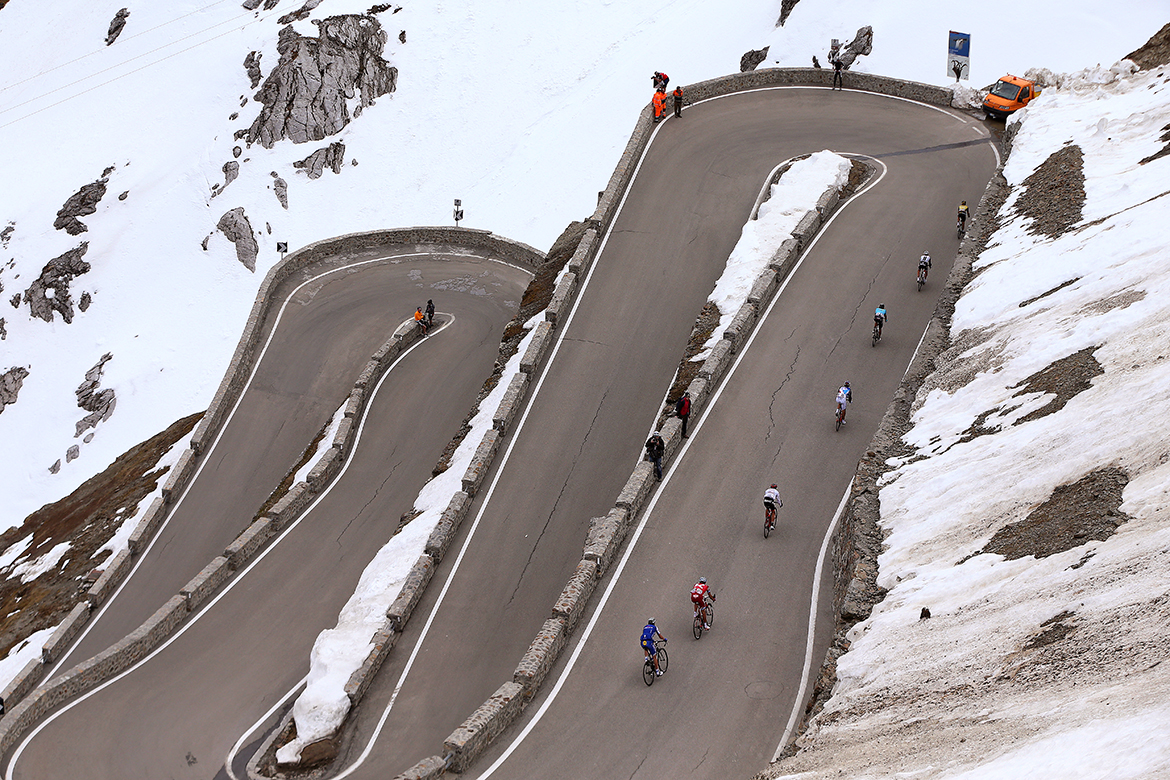
Whatever way you climb it – and in whatever language, given that the peak marks a point of confluence between Italian, German and Romansch-speaking areas – the mammoth Stelvio is an otherworldly place.
The Stelvio is the highest point ever reached by the Giro, just pipping the Colle d’Agnello, and it has been the site of the Cima Coppi more often than any other ascent in the race’s history. That towering altitude is a double-edged sword, of course. In 1984, 1988 and 2013, snowfall meant the Stelvio was excised from the route altogether, while in 1965, the climb was truncated due to an avalanche.
In 2014, meanwhile, the miserable conditions on the Stelvio had apparently triggered the neutralisation of the descent. That vague message, however, seemed to get lost amid the swirling flakes of snow at the summit. Nairo Quintana joined a group of riders who attacked over the top, and he would finish the day by divesting his compatriot Rigoberto Urán of pink while a polemica for the ages erupted.
This year, the Stelvio comes early on stage 16, providing an abrupt return to action after the second rest day. Its impact on the race might, however, be diluted by the long valley that proceeds the Passo Pinei and Monte Pana. That said, with the usual reports of heavy snow on the Stelvio circulating in recent days, the Giro’s passage over the climb might yet be the source of considerable intrigue. One way or another, the Stelvio always leaves an impression.
Monte Pana (Stage 16, May 21: Livigno-Monte Pana)
Monte Pana is a new climb for the Giro, but the race has been this way before. The Giro has been visiting the Val Gardena since 1940, but it has hitherto avoided the village of Santa Cristina di Val Gardena in favour of finishes in its neighbours, Ortisei and Selva di Val Gardena.
This valley, tucked beneath the Langkofel Group of the Dolomites, has always been a place apart. Although located in the largely German-speaking autonomous province of Südtirol, the principal language in the Val Gardena is Ladin, more specifically its Gherdëina dialect.
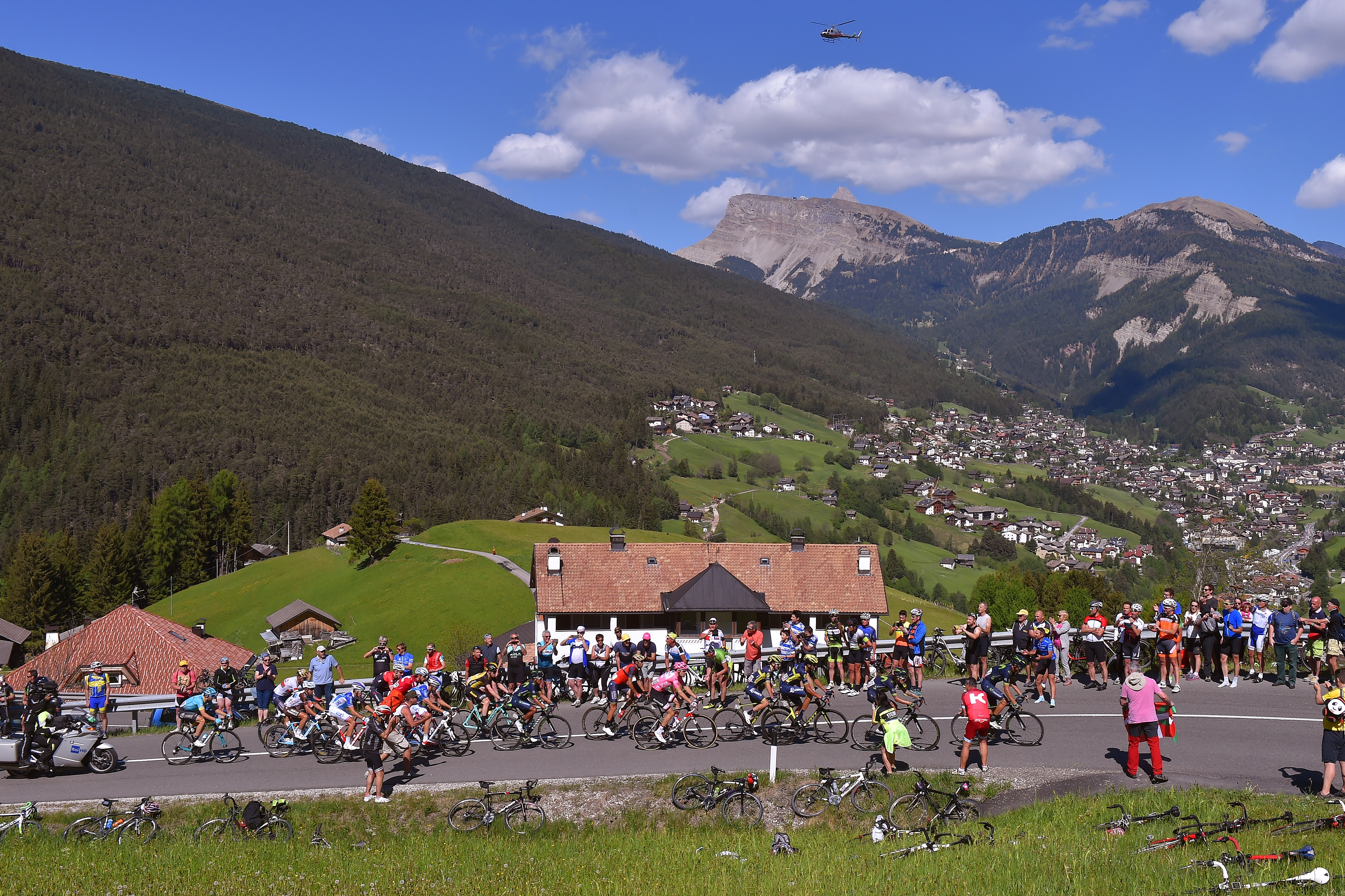
The Romance language survived in these villages despite the process of Italianization inflicted under Fascism, though it didn’t receive official recognition from the Italian government until the 1970s.
The finale to this year’s stage is an arduous one, with the category 1 Passo Pinei – conquered by Chepe Gonzalez in 1997 – and the category 2 Monte Pana combining for what effectively amounts to two-part haul to the finish. Gino Bartali won in Ortisei on the Giro’s first visit to Val Gardena in 1940, though his young teammate Fausto Coppi would carry pink to Milan.
In 1998, Marco Pantani claimed the first maglia rosa of his career in Selva di Val Gardena after attacking over the Marmolada with Giuseppe Guerini. Santa Cristina and Monte Pana will write their own chapter on May 21.
Passo Brocon (Stage 17, May 22: Selva di Val Gardena - Passo Brocon)
So good they climb it twice. The mighty Passo Sella and Passo Rolle feature on the menu on stage 17 of the Giro, but they will be overshadowed by the twin ascents of the Passo Brocon, which features as a summit finish for the first time.
The mountain pass in Trentino links the valley of Valoi with the uplands of Tesino, but at the outset of World War I, it stood on the frontier between Italy and the Austro-Hungarian Empire. The road up the mountain was built by the Austro-Hungarian army, who erected an obelisk to mark their feat of engineering. When the Brocon passed to Italy after the war, the monument was repurposed as a memorial to fallen Italian soldiers.
Its Giro history began in the 1950s, when the race climbed the pass four times in five years. The most storied ascent came in 1956, when Charly Gaul led over the top en route to his indelible, snowbound victory atop Monte Bondone. The legend of that stage has done much to drive the wailing and gnashing of teeth from some quarters when the riders of today, very justifiably, balk at the idea of racing in such conditions.
Since that initial flurry of visits to the Brocon, the Giro has returned just once, in 1967. This time out, the race tackles the pass from its eastern side before dropping to Pieve di Tesino and taking on the more difficult, western approach from Pieve Tesino.
Cima Sappada (Stage 19, May 24: Mortegliano-Sappada)
A visit to Sappada, inevitably, throws up memories of 1987 and all that. Stephen Roche’s Giro victory – and eventual Triple Crown – hinged on a most dramatic afternoon of racing in Friuli, when he attacked Carrera teammate Roberto Visentini and divested him of the pink jersey. The right and wrongs and whys and wherefores of the day are still being debated almost 40 years later.
Roche’s initial, contentious attack came on the descent of the Forcella di Monte Rest, which doesn’t feature this year, but the denouement arrived on the category 2 haul towards Sappada. By then, Roche had been reeled in by the reduced peloton, where Visentini was also in situ, and it briefly looked as though the insubordination had been snuffed out.
But while Visentini probably still had the physical means to match a flagging Roche, his mental resilience had been stretched to breaking point. After first losing the Giro gradually all day, he now lost it suddenly and irretrievably on the relatively gentle slopes of Cima Sappada, shipping almost seven minutes.
The climb towards Sappada is far from the toughest on the 2024 Giro, but this deep into the game, even the gentlest ramps can form an insurmountable obstacle in the mind.
Monte Grappa (Stage 20, May 25: Alpago - Bassano del Grappa)
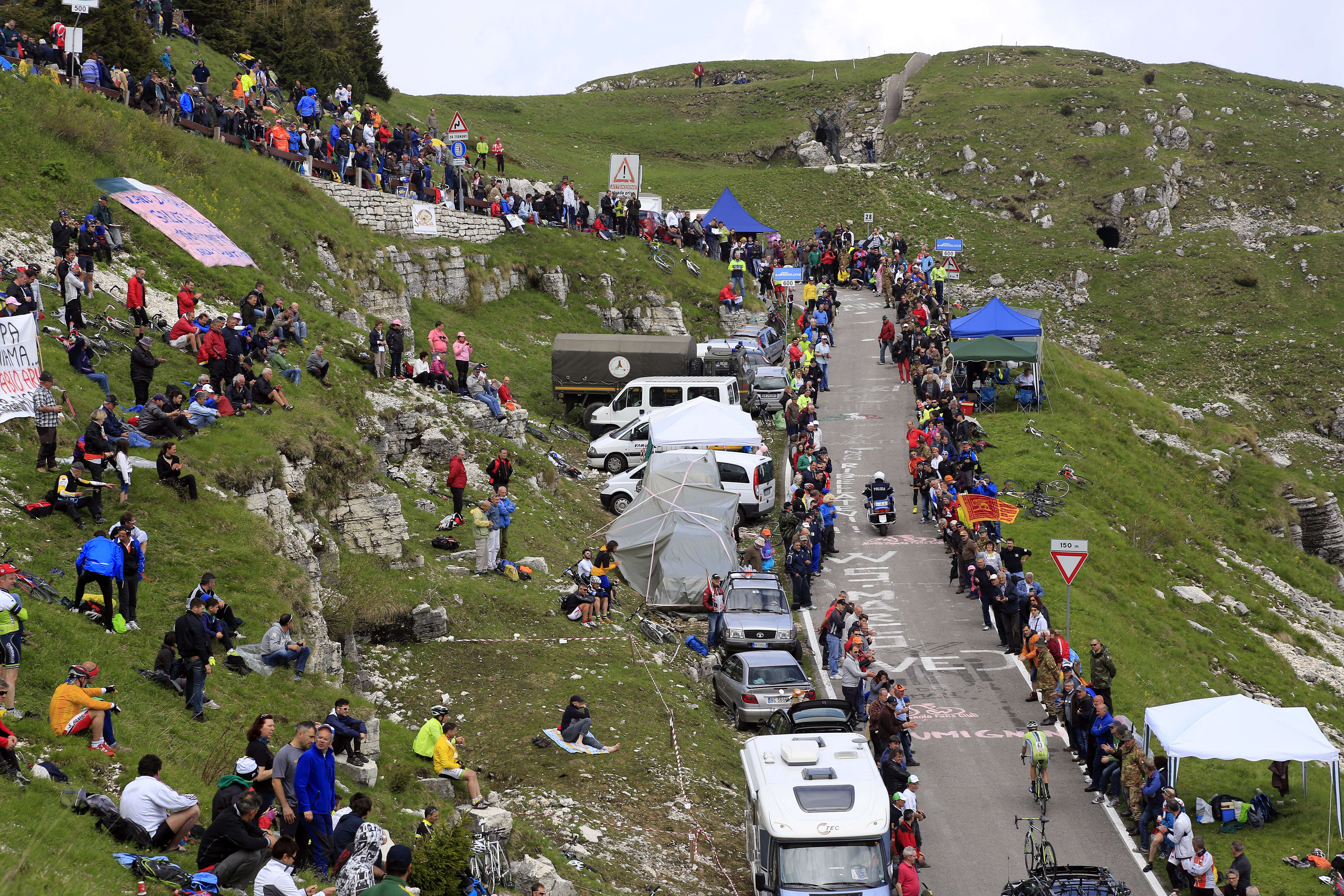
Rome provides the epilogue to this Giro, but the grand finale comes on the slopes of Monte Grappa, tackled twice on the penultimate stage of the race. Much of the Italian bicycle industry is situated in the Veneto, but although Monte Grappa sits in the very centre of that heartland, the climb has been only sparingly visited by the Giro over the years.
The first time was in 1968, when Emilio Casalini was a stage winner at the summit, and the race returned only twice more in the 20th century, in 1974 and 1982. The Giro’s modern relationship with the ascent rekindled in 2010, when Ivan Basso was first to the top before his Liquigas teammate Vincenzo Nibali stole away to claim stage victory over the other side in Asolo.
Four years later, Monte Grappa was the site of Nairo Quintana’s mountain time trial win, while in 2017, the race passed over the mountain on the penultimate stage to Asiago.
Monte Grappa is a place grimly synonymous with conflict. During World War I, it was of key strategic importance on the Italian front, with three battles fought between Italy and the Austro-Hungarian Empire on the mountainside in 1917 and 1918. The human cost was horrific. The memorial at the summit houses the remains of 22,950 soldiers, of whom fewer than 3,000 have been identified.
There are no fewer than ten roads up Monte Grappa. As was the case when Quintana triumphed a decade ago, the race will again tackle the ascent from Semonzo, climbing for 18km before descending and then repeating the dose ahead of the final drop into Bassano del Grappa.
Monte Grappa, incidentally, is one of the few climbs on this Giro that Pogacar will not have sampled beforehand in training. Even so, it’s not clear if Monte Grappa can provide a late twist of the kind laid on by the Marmolada and Monte Lussari in the last two years.

Get unlimited access to all of our coverage of the Giro d'Italia - including journalists reporting on the ground, breaking news and analysis from every stage of the race as it happens and more. Find out more.

Barry Ryan was Head of Features at Cyclingnews. He has covered professional cycling since 2010, reporting from the Tour de France, Giro d’Italia and events from Argentina to Japan. His writing has appeared in The Independent, Procycling and Cycling Plus. He is the author of The Ascent: Sean Kelly, Stephen Roche and the Rise of Irish Cycling’s Golden Generation, published by Gill Books.